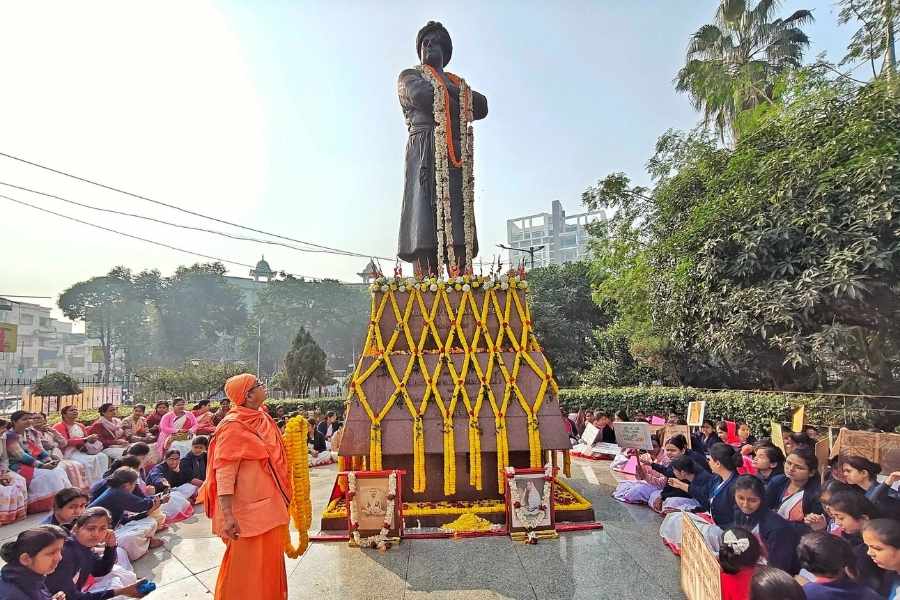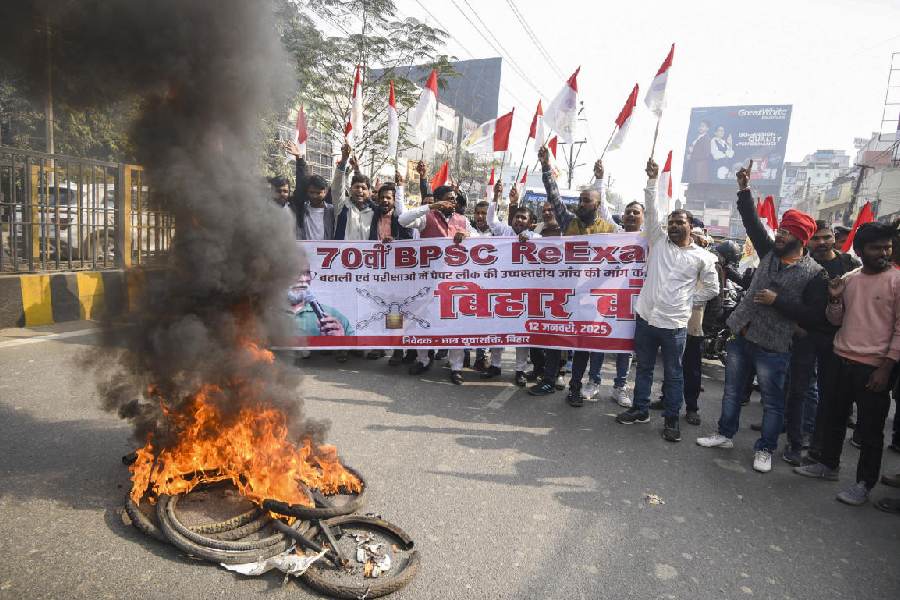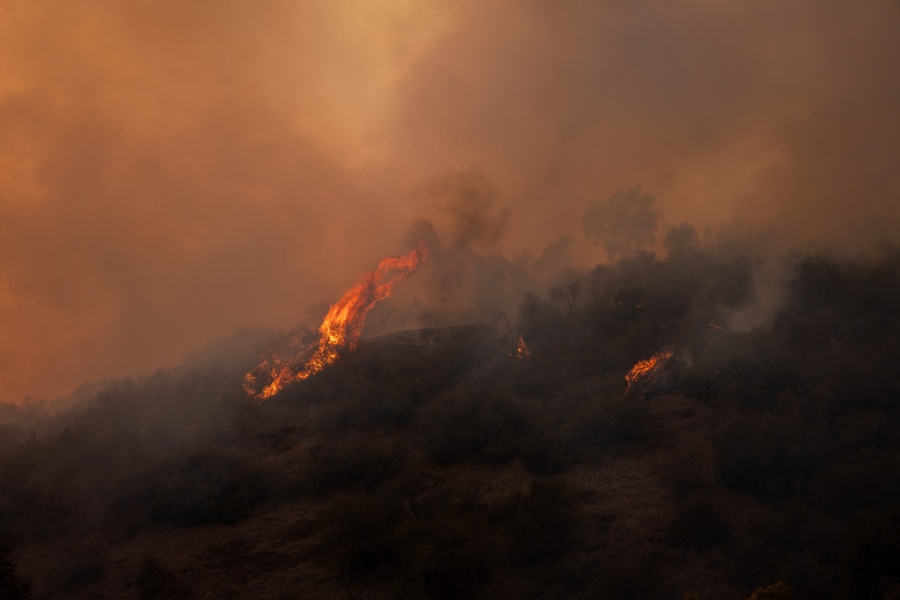 Monday, 13 January 2025
Monday, 13 January 2025
 Monday, 13 January 2025
Monday, 13 January 2025
Calcutta has emerged as the most traffic-congested city in India, according to the TomTom Traffic Index 2024, published on Sunday. Last year, Bengaluru was the most traffic congested city in India.
The global index also revealed that three Indian cities now rank among the world’s top five most gridlocked urban centres. These are Calcutta, Bengaluru and Pune.
The TomTom index is published annually by a Dutch logistics company and features 500 cities across 62 countries. The TomTom Traffic Index bases its rankings on floating car data (FCD) from GPS navigation devices and applications. The 2024 analysis covered an unprecedented 737 billion kilometres of travel data worldwide.
The index’s methodology factors in both static elements like road infrastructure and dynamic variables such as weather and roadworks. The resulting congestion percentage represents increased travel time compared to free-flowing traffic conditions, offering a comprehensive picture of urban mobility challenges.
In 2024, the average travel time to cover 10 kilometres has increased by 10 seconds from 2023. It now takes 34 minutes and 33 seconds to cover 10 kilometres. Calcutta has a congestion level of 32%, leading commuters to lose a staggering 130 hours annually during rush hours, according to the index.
But the residents aren’t surprised.
Aditya Chowdhury lives in Rajarhat and drives to work to his office in Esplanade daily.
“It takes more than an hour just to reach 15 kilometres from my home in Rajarhat to office at Esplanade. During puja and festive seasons, it peaks up to 2 hours,” said Chowdhury to The Telegraph Online.
“Just 10 years back, the situation wasn’t like this,” said Biswanath Das, 40, who travels to the city’s central business district for work. “The disposable income of many people has increased, leading to more motorised vehicles. The surge in app cabs and ride-hailing services has massively increased vehicle numbers.”
The dramatic rise of Calcutta in the rankings has stunned urban planners. The city wasn’t even in the global top 10 in 2023 index, when Bengaluru held the fifth position and Pune the sixth. In 2024, Calcutta stands second in the world in traffic congestion.
Calcutta’s traffic woes stem from multiple factors, according to the city police’s 2023 annual review bulletin. These include inadequate road infrastructure, unauthorised encroachment by hawkers, and an increasing number of slow-moving vehicles like hand-pulled rickshaws and e-rickshaws.
The review by the traffic police even identified the city’s historic trams as traffic impediments.
Recent data from the Calcutta-based non-profit Switchon Foundation reveals a 17 per cent increase in motorised vehicles since 2020. Their 2023 study shows trucks and goods carriages have more than doubled during morning peak hours (8.30 AM to 10 AM), from 547 to 1,122.
South Calcutta consistently records higher vehicle density than the northern areas, except for commercial taxis.
In November 2024, the Kolkata Metropolitan Development Authority approved adding extra lanes on both flanks of EM Bypass to decongest the Chingrighata crossing. Kolkata traffic police have also pledged to implement better management systems using sophisticated electronic surveillance.
Yet these efforts appear insufficient. The city’s major intersections - Park Circus Seven Point Crossing, Behala Chowrasta, Shyambazar Five Point Crossing, and others - remain congested. A study by Dr. Indrajit Roy Chowdhury identifies these areas as critical bottlenecks, noting that encroachment, illegal parking, unscientific road construction, and increasing personal vehicles continue to plague the city’s traffic flow.
“Given the high population and the high number of vehicles, the city should have 35 per cent roads. But we have 15-16 per cent roads. Additionally, the traffic is high in the south during morning peak hours because in this part of the city many areas are not interconnected. In north Calcutta most areas and streets are connected to each other like a web,” said one traffic sergeant to The Telegraph Online on the condition of anonymity.
While some residents pin their hopes on the ongoing metro expansion project, GPS data from CR Avenue, which runs alongside the existing metro route, during peak hours, suggest that rail infrastructure alone may not solve the crisis.
With the number of public buses declining and private cars along with taxis accounting for most traffic, congestion levels are unlikely to improve without intervention,” notes a 2023 study by Switchon Foundation.
Their research also highlights how non-motorised transport like bicycles has been pushed to lean hours (1 PM to 4 PM) due to safety concerns during peak times.
The study has revealed alarming statistics concerning the increase in heavy vehicles. Trucks and goods carriages have more than doubled during morning peak hours, jumping from 547 in 2020 to 1,122 in 2022. The numbers rose from 721 to 1,019 during lean hours.
Park Circus Seven Point Crossing, Behala Chowrasta , Shyambazar Five Point Crossing, M.G Road, Gariahat, Jadavpur Police Station Crossing, Ultadanga, Science City Connector, Esplanade, B.B.D Bag were some of the important intersection points which the study considered as major congested traffic points in the city.
The research also highlighted a troubling trend in public transportation, noting a significant decline in public buses while private cars and taxis dominated the roads. This analysis suggests that private vehicle proliferation, coupled with declining public transport options, has created the recipe for Calcutta’s current traffic crisis.
Calcutta’s battle with traffic woes is more than a logistical challenge.
Here’s what a 2023 paper, titled “Estimation of productivity loss due to traffic congestion: Evidence from Bengaluru City, published by Institute for Social and Economic Cahange, by Vijayalakshmi S and Krishna estimated that loss of productive hours due to the late arrivals caused by traffic congestion would be around 7.07 lakh hours in 2018 for Bengaluru city which would cost around Rs 1,170 crore.







